Skin Conditions
Your skin is exposed to harmful UV rays every day, so it’s important to see a dermatologist at least once a year. Get your annual skin screening at Malinski Dermatology. We can meet and discuss any skin concerns you may have. Dr. Malinski provides a variety of dermatology services to help you maintain healthy skin. To learn more about skin conditions and dermatology services provided or to schedule your appointment, call Malinski Dermatology at 985.202.DERM.

Acne & Acne Scarring
Acne or acne vulgaris is a skin condition that affects the skin’s hair follicles. Acne is most common amongst teenagers, however can often affect adults as well. Multiple factors contribute to breakouts, including bacteria, hormones, genetics and inflammation.
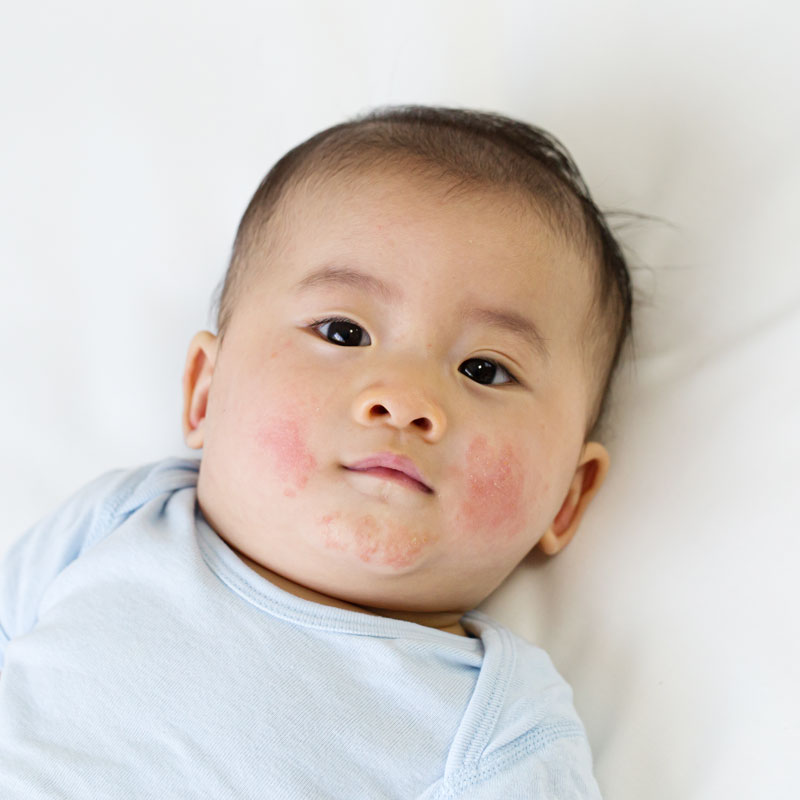
Eczema
Eczema, or atopic dermatitis, is characterized by dry, itchy, red, and scaly patches of skin. Eczema can range from minor to severe and can present on any part of the body. Sometimes the rashes can lead to infections. Eczema is not contagious and can be treated.

Moles & other benign lesions
A mole, or nevus, is a common lesion on the skin generally characterized as brown, round, and can be flat or slightly raised. Although moles can change over time and are generally benign, it is important to become familiar with the appearance of your moles to note any changes that could signal skin cancer. A dermatologist should examine any mole that grows, changes in shape or color, or bleeds. There is no “treatment” for moles, however a dermatologist may decide to remove a mole if it becomes irritated or looks suspicious.
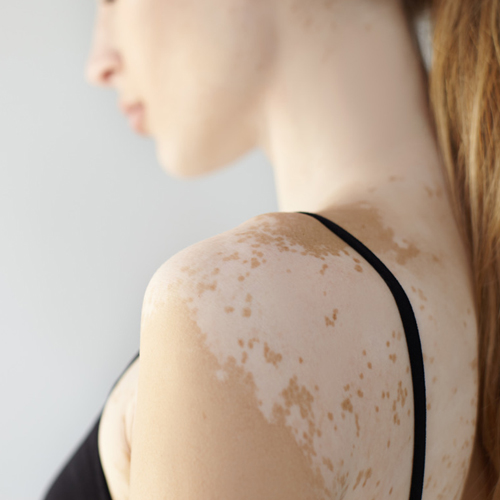
Pigment Concerns
Pigment concerns can range from hypopigmentation (loss of pigment) or hyperpigmentation (increase of pigment).
Vitiligo is a skin condition characterized by a loss of pigment (hypopigmentation), resulting in white patches. Vitiligo is considered an autoimmune disease. It is not contagious and cannot be cured, however Dr. Malinski offers various treatments that help to even the skin tone, including laser treatments.
Hyperpigmentation is an overproduction of pigment in the skin resulting in darkening of the skin. ‘Sun spots’ are flat, discrete brown areas known as lentigines, or lentigo. These usually appear on the face, chest and back, as well as the back of the hands and the top of the feet. These spots are caused by sun exposure and range from light to dark brown. Melasma is another type of hyperpigmentation, which is most common in women and affects about 45 million people worldwide. This condition appears as irregular patches of brown skin on the forehead, cheeks, upper lip and nose. Melasma is common during hormonal fluctuations associated with pregnancy, oral contraceptives or hormone replacement therapy.
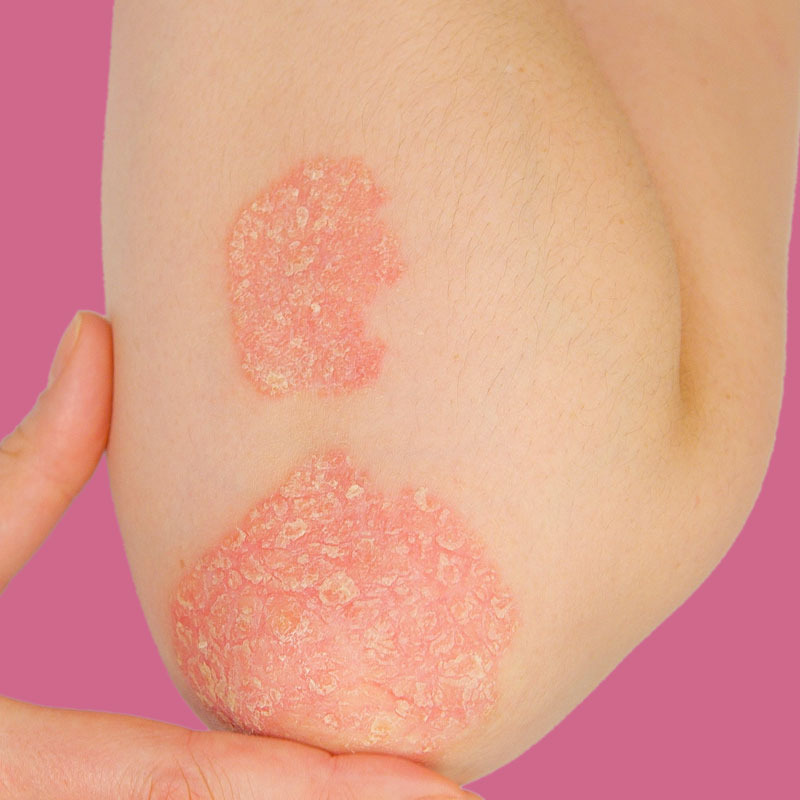
Psoriasis
Psoriasis is a chronic inflammatory disorder that usually appears as thick, red flaky patches, often called ‘plaques.’ It most often appears on the elbows, knees, and scalp though it can appear anywhere on the body. It is unclear what causes someone to develop psoriasis, however genetics play an important role. Psoriasis affects men and women equally, and it occurs in all races.
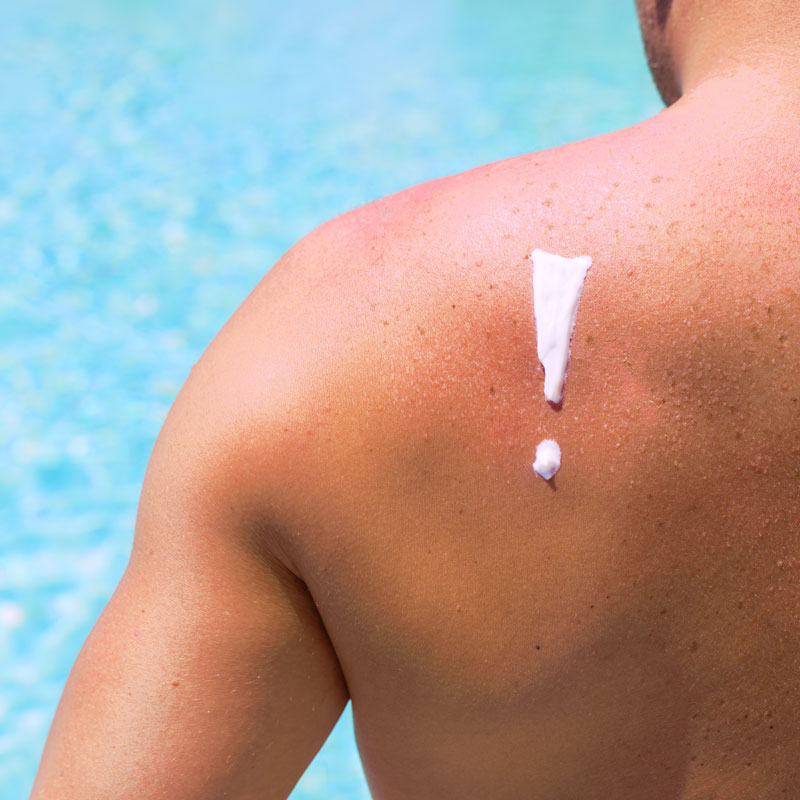
Skin Cancer
Skin Cancer is the most common form of cancer in the United States. There are several types of skin cancer, varying in appearance, origin, and severity. Basal cell carcinoma, squamous cell carcinoma, and malignant melanoma are all forms of skin cancer. It is very important to self-screen for suspicious moles or lesions and to have annual screenings by a board certified physician. Download the AAD’s Body Mole Map to note the results of your self-examination. It is important to remember the ABCDE’s of moles so that you can monitor any mole that looks different
Malinksi Dermatology is proud to offer, GentleCure, the non-surgical, gold-standard treatment for nonmelanoma skin cancer. Click here to learn more.
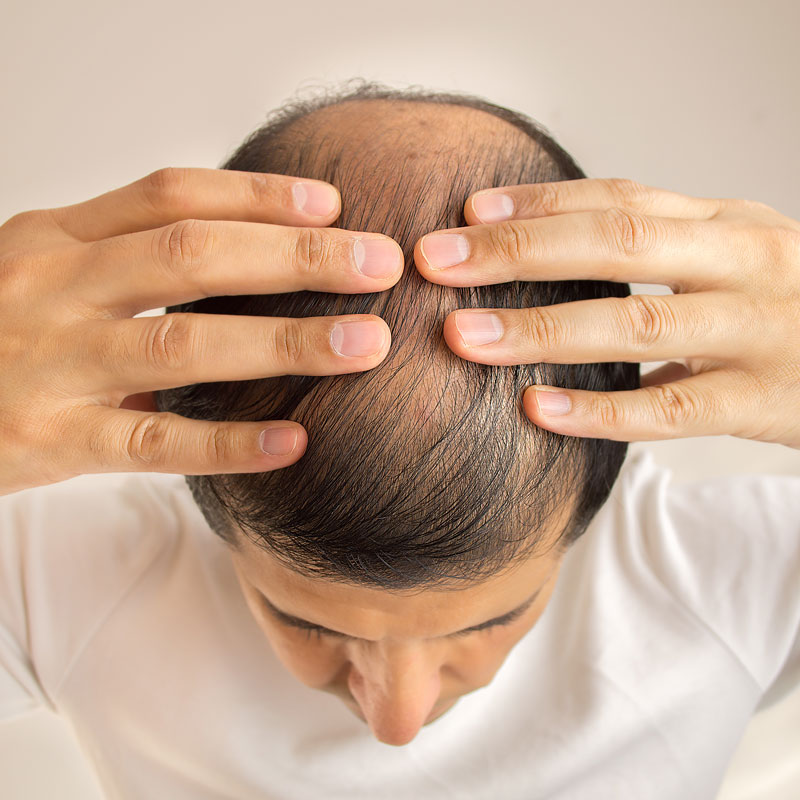
Alopecia/Hair loss
Hair loss is caused by various reasons such as autoimmune conditions, genetic factors, hormone changes, tissue scarring from injury, stress etc. It may manifest as gradual thinning, circular bald spots, sudden loss of hair, full body hair loss or patches of scaling that spread over the scalp.
Treatments can include medications (topical or systemic) and/or PRP (platelet rich plasma).
PRP is blood plasma that contains concentrated amounts of platelets and growth factors. Your own concentrated platelets are rich in bioactive proteins and they work with the 8 life giving growth factors to trigger and accelerate healing and repair. After a simple blood draw, then separation by centrifuge, your own platelets are prepared and administered as needed.
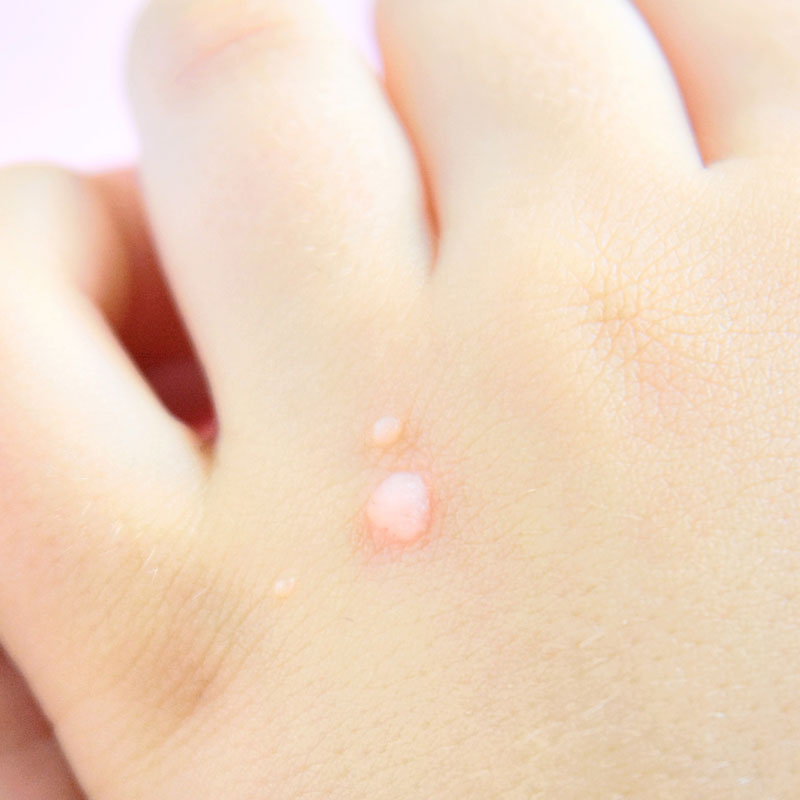
Warts & Molluscum
Molluscum contagiosum and warts are benign epidermal eruptions that result from viral infections of the skin. A wart is typically a raised round growth made up of hardened skin, though some can be flat in nature. Molluscum are small pink, white, or skin-colored bumps with an indented center.
Both warts and molluscum can spread to different areas on the body and are contagious. Treatments include salicylic acid, cryotherapy (freezing), chemical agents, immunotherapy injections and surgical excision.
Additional Conditions
Other medical dermatologic conditions we treat are listed below:
- Birthmarks
- Blistering disorders
- Connective tissue disorders (Lupus, Morphea, Scleroderma, Dermatomyositis)
- Herpes
- Vitiligo
- Keratosis pilaris
- Nail disorders (bacterial and fungal)
- Infections of the skin (bacterial, fungal, viral)
- Scabies
- Seborrheic Dermatitis (dandruff)
- Tinea Versicolor
